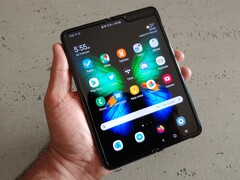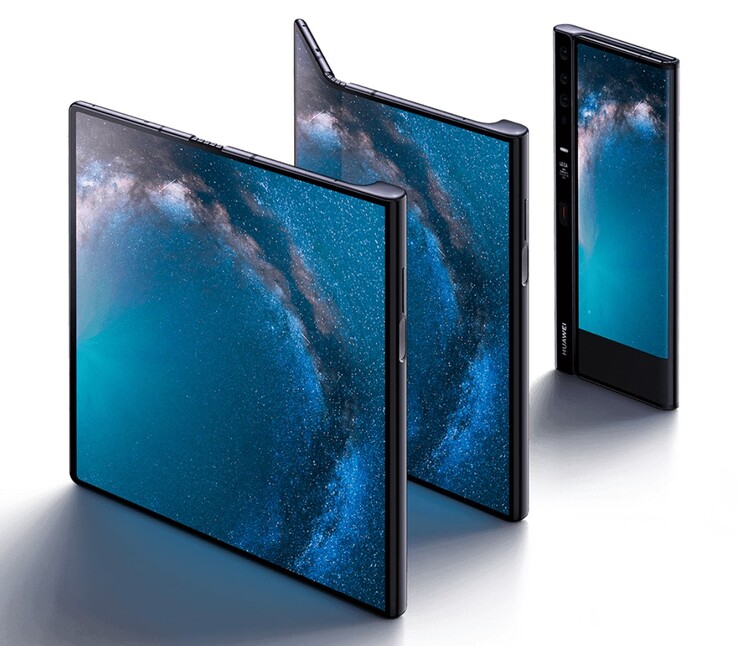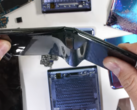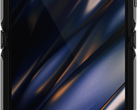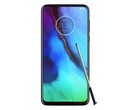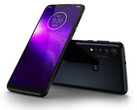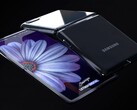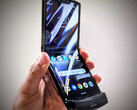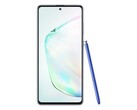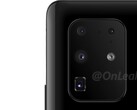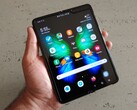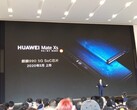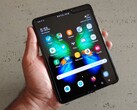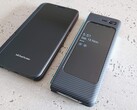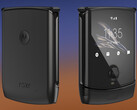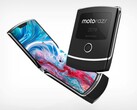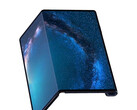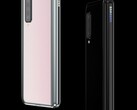After moaning about how boring and incremental smartphones had started to become in the past couple of years, it has been surprising to see some of same tech blogs listing devices like the Samsung Galaxy Fold among the worst products of 2019. It is true that 2019 was hyped up as the dawn of a new age in smartphones, but that was before the price of these cutting-edge devices were revealed as well as the indisputably botched launch of the Galaxy Fold. Regardless, the critics of these devices might want to think twice before tearing down these devices and their makers lest they result in just more boring look-alike candy bar form factor devices that currently dominate the market.
Before I continue, I should confess that I own a Galaxy Fold. In Australia, where I reside, the Fold has been offered by Telstra on a plan basis, which I was only too happy to sign -- I am the definitive early adopter and I am unquestionably the target audience for a device such as this. Like many of you that read this site, I have been on a quest to find the perfect tech device, or combination of devices, that will bring me closer to tech nirvana. The Galaxy Fold has brought me much closer to the pinnacle of my quest than any other smartphone before it. Clearly, however, it is not for everybody. But I think Samsung (and Huawei) should be given much more credit for what they have accomplished than is current being afforded to them by some very influential tech sites.
Let’s take a look at the value equation as the price of the Fold, a key criticism of it. That it starts US$1,980 certainly helped to tamp down much of the early enthusiasm for it. However, when you break it down, it isn’t a huge premium over a device like Apple’s high-end iPhone 11 Pro Max with its 4 GB of RAM and 512 GB of storage at US1,500. The Fold picks up 3x the RAM at 12 GB and is also fitted with 512 GB of storage. It also comes with a set of Samsung’s wireless Galaxy Buds, a genuine carbon fiber case and Samsung Care+ (which includes a concierge phone service and a steep discount on a screen replacement should you need one in the first 12 months). If you can afford the high upfront cost (or can find one on a plan like I did) that is not a lot extra to pay for a cutting-edge hybrid device with both a foldable 7.3-inch Super AMOLED display and a secondary display 4.6-inch Super AMOLED display allowing it to do double duty as both a smartphone and a tablet.
Similarly, the Huawei Mate X and the forthcoming, but delayed Moto Razr foldable have also had enthusiasm for them dampened by their respective starting prices of US$2,400 and US$1,500 respectively. However, enthusiasm for foldable devices took a further hit when Samsung botched the initial launch of the Fold mid-year. Review units malfunctioned because of fundamentally flawed design implementation that allowed dust and debris to enter through a gap under the folding display. Another flaw allowed a protective plastic layer that is part of the display to be all too easily removed by reviewers who thought it was just an average screen protector. The combination of high starting price and seeming fragility resulted in well-deserved criticism and ongoing doubts about the Fold.
Then, perhaps further undermining public confidence in foldable display technology and helping to reinforce the mantra “don’t buy first-gen products”, Huawei too delayed the launch of its foldable smartphone and tablet hybrid, the Mate X. Although it cited issues with Samsung’s Fold as the reason for its delay, it was more likely a smokescreen to obscure the fact that it was going to have to hastily get an open-source version of Android up and running on the device – given that it isn’t allowed to use the Google certified version of Android due to US trade sanctions, the company would have been hastily working behind the scenes to get an Android open-source version of the operating system up and running with the necessary tablet optimizations built in. The lack of Google services coupled with US trade sanctions means that the Mate X might not see an international launch despite being a sales hit in its home market of China.
Rounding out the bad news for foldable devices in 2019, was the launch then delay of the rebooted Motorola Razr foldable. According to Motorola, the device has been pushed back to a date yet to be determined because overwhelming demand for the device has apparently “quickly outgrown supply predictions.” Whether this is to be believed or not is questionable, but the biggest concern reviewers had with the prototypes they were offered at launch was its use of a mid-range Snapdragon 710. If I was to hazard a guess as to the delay, it could be that Motorola is re-engineering the device to run a higher-end chipset both to justify its US$1,500 starting price and to ensure optimal sales. The Razr prototype did, however, address another complaint about the Galaxy Fold – the crease in its display. Motorola has developed an ingenious hinge eliminating this bugbear.
Despite these missteps, and having now used the Galaxy Fold as my daily driver for a couple of months, I remain very bullish about foldable smartphone-tablet hybrids like it and the Mate X. Despite concerns about its resilience, I haven’t had to treat my Galaxy Fold with kid gloves. Sure, you can’t press on the foldable Infinity Flex display as hard as you might on a glass covered display, but the screen is sufficiently touch sensitive, while haptic feedback really starts to make sense on a device like this. That said, I probably wouldn’t take it to the beach or too near water as it is neither debris nor water resistant, but I absolutely love being immersed in its stunning 7.3-inch Super AMOLED Infinity Flex display. At the same time, it still easily fits into my pants pockets when on the go and has allowed me to ditch my tablet much like I was able to ditch my iPod/cellphone combo when the iPhone first arrived on the scene.
From a first-gen device perspective, its biggest shortcomings are the slight weight penalty that comes with essentially carrying a device the weight of a small tablet around while its creased display is also a potential drawback. While you can’t see the crease when looking straight on at the device, one can’t help but think if Motorola can develop a hinge to avoid this pitfall, surely Samsung should have been able to do the same? However, in every other department it is an absolute winner, if like me, you have been used to carrying around both a smartphone and a tablet. A bonus is that it takes flagship smartphone worthy photos in a wide range of conditions while battery life has also been excellent. Performance is also, as you would expect, excellent with the combination of Qualcomm Snapdragon 855 and 12 GB able to withstand everything I've thrown at it.
I really want Samsung to make a proper sequel to the Galaxy Fold and I hope that it has sold enough devices to ensure that one is warranted. We know that, like Motorola, Samsung is planning a flip-phone style foldable which makes a lot of sense, but there is still a space for a next-gen smartphone-tablet Galaxy Fold 2 in my view. I just hope that Samsung hasn’t been put off by some of the mainstream tech media outlets that have been unfairly panning the Fold and other foldables – especially when these same outlets have at the same time complaining about incremental flagship smartphone updates. Rather than pull them down, let’s encourage the risk takers in tech – or the ‘crazy ones’ as Robert Stiltanen might have called them. Otherwise, a never-ending sea of mediocrity and sameness awaits.
Source(s)
Own




